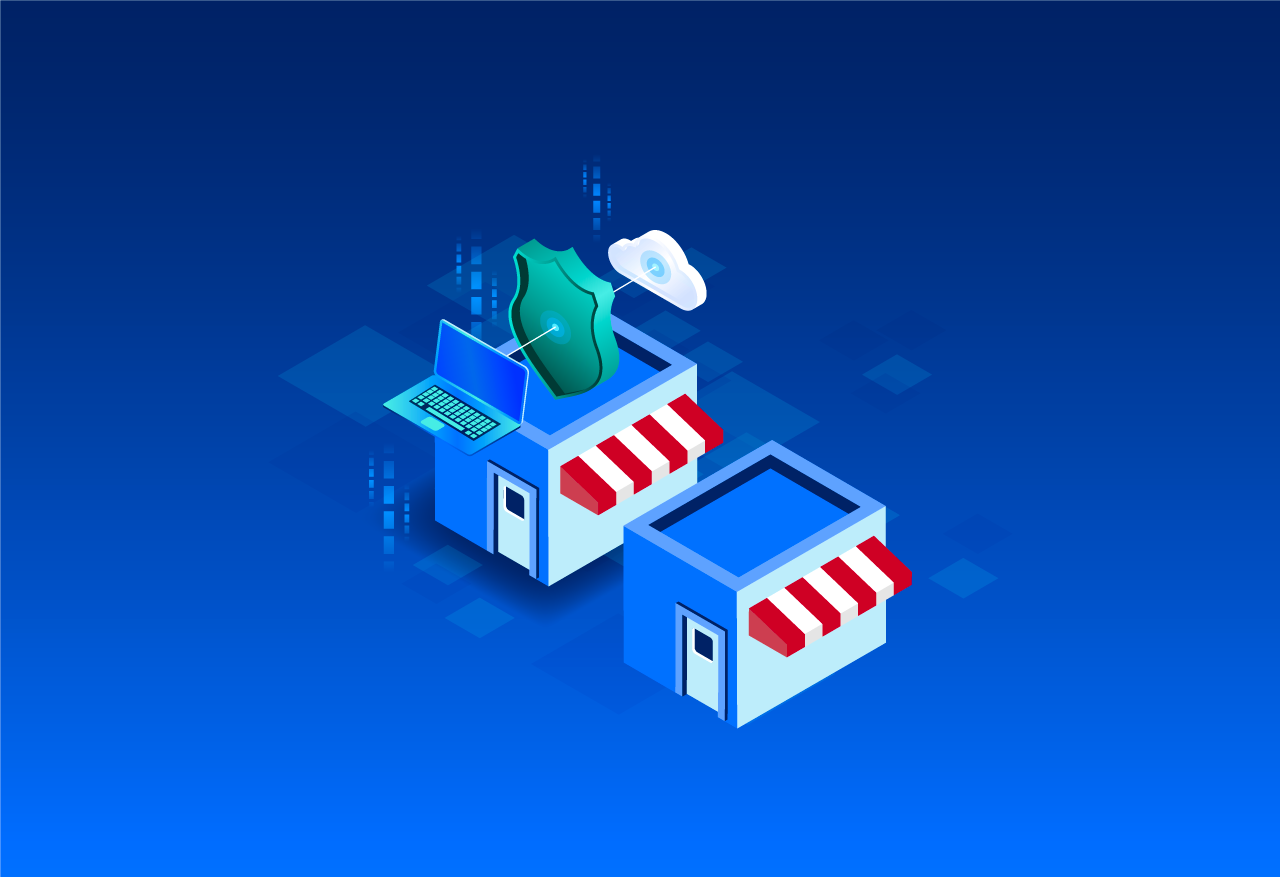TIPS #9: How can SMBs address the unique cybersecurity challenges they face?
Shane Shook
October 24, 2023
- Blog Post
- TIPS

Issue: SMBs are the backbone of the global economy and face significant cyber threats, but often lack the budget for enterprise-grade cybersecurity.
SMBs make up nearly 70% of all jobs and GDP globally. They are increasingly targeted with ransomware, malware, and phishing as advances in AI and automation help threat actors leverage more sophisticated attacks. Many attacks are successful: 46% of breaches impact companies with fewer than 1,000 employees.
SMBs are particularly vulnerable to cyber threats because they often lack the resources to effectively defend themselves. Smaller IT and security budgets make it difficult to afford in-house cybersecurity expertise and sophisticated defenses, strategies, and policies. This leads to lower cybersecurity awareness, increasing risk around social engineering and phishing attacks. In addition, many SMBs rely heavily on SaaS solutions (for both cybersecurity and other business functions) to reduce costs and enhance efficiencies, adding third-party risk.
Impact: SMBs have relatively simple attack surfaces and face unique risks and impacts from incidents.
SMBs face heightened impacts from breaches and compromises. In part, this is due to their relatively simple attack surfaces.
Consider the three main points of exploitation (network, endpoint, and identity) that criminals target and companies defend against. The basic dynamic between these points is that a user identity needs rights to access data, which is stored on an endpoint and travels through the network.
These points of exploitation are targeted during cyber events- Attacks, Breaches, and Compromises. Attacks are most evident in the network because they involve attempts to breach a company’s systems. Breaches often occur at endpoints via phishing, watering hole attacks, or exploitations of software service (or application) vulnerabilities. Compromises leverage identity and abuse user rights (to access valuable data).
Enterprises and SMBs often defend against these cyber threats differently. An enterprise typically secures network, endpoint, and identity across interconnected business units, while an SMB may operate as (and defend) a single business unit- for example, a private practice doctor’s laptop doesn’t connect to a shipping facility or manufacturing plant. This introduces a unique risk for smaller businesses. An SMB often can’t segregate business functions to enhance security.
As a result, a single breach or compromise can significantly impact the entire business and lead to high customer turnover, financial loss, and loss of customer and employee trust. The results are staggering- the average cost of a data breach for companies with fewer than 500 employees is $3.3M USD.
Action: prioritize integrated network, endpoint, identity, and data security with strong posture management based on the needs of your business.
1. Network Security
Visibility is essential for companies monitoring vulnerabilities and attacks. Bishop Fox protects your network with attack surface management to detect vulnerable applications, mail servers, and other services. Lumu employs advanced Network Visibility and Analysis and AI to assess the likelihood of compromises, giving your business actionable data and the ability to automate incident response.
2. Endpoint Security
Monitor your endpoints to detect breaches and compromises. Huntress detects breaches with endpoint detection and response (EDR) capabilities designed for SMBs and monitors advanced persistent threats that can compromise system security, customer data, and other key assets.
3. Identity and Access Management
Identity should be at the core of your cybersecurity efforts. Defend against compromised user credentials with an active defense approach. 1Kosmos prevents single-factor credential user compromises through its unified identity proofing and multi-factor authentication capabilities.
4. Data Security
Data is the lifeblood of modern business. Companies must understand where their data lives and how it flows to secure it properly. Cyberhaven’s data lineage technology traces sensitive data and protects your company from insider risk, data loss, and exfiltration.
5. Posture management
SMBs need to find an effective balance of remediations around network, identity, endpoint, and data vulnerabilities. A well-calibrated security posture allows companies to get ahead of threats with proactive measures and respond to breaches and compromises with reactive capabilities. SolCyber helps companies simplify their security posture with a customized managed toolset of both active and passive defenses, at a rate SMBs can afford.
Ultimately, SMBs should take a simple but proactive approach: prioritize essential network, endpoint, identity, and data security with strong posture management based on the needs of the business.